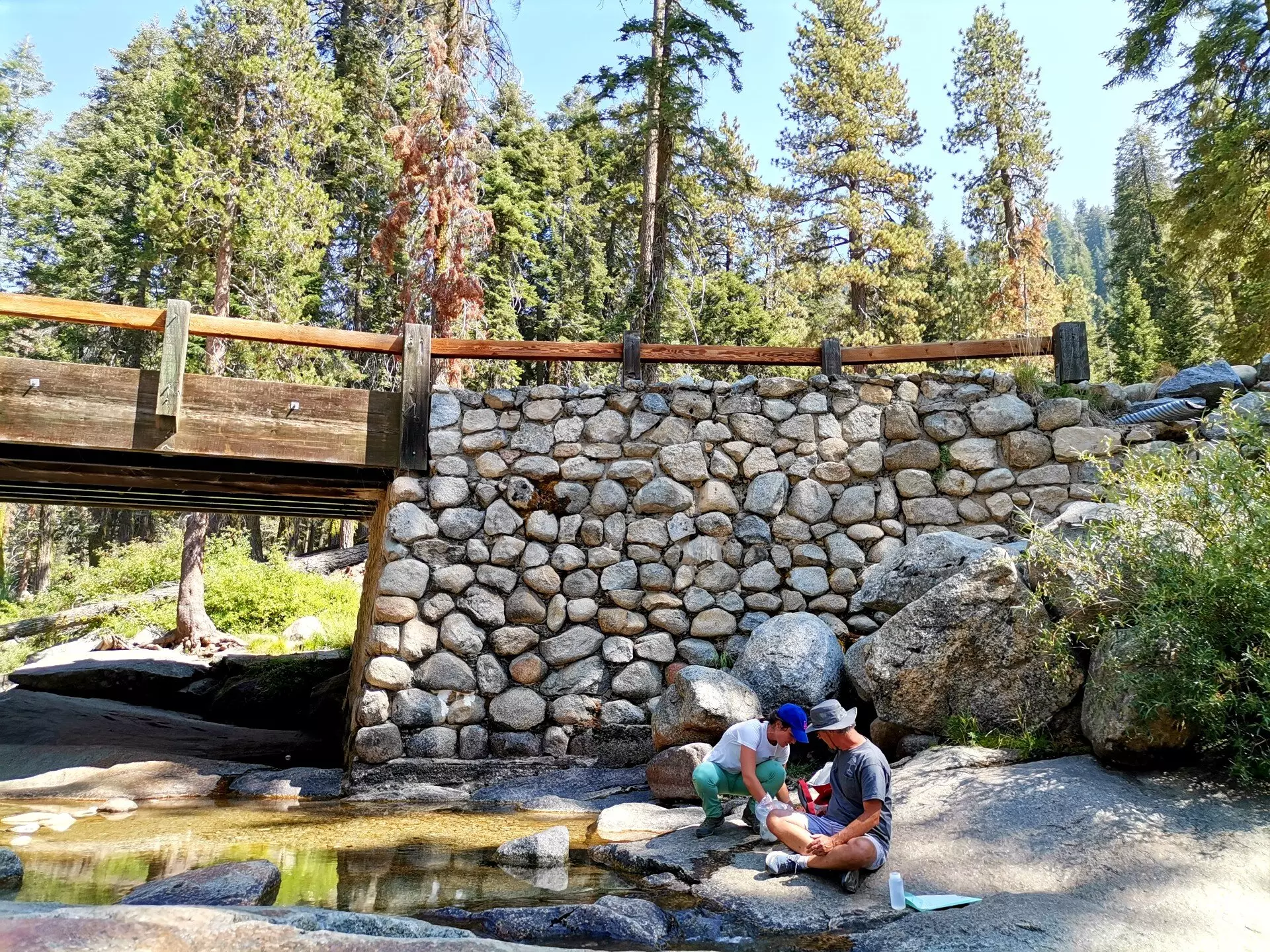California’s Central Valley has long been celebrated as a critical agricultural hub, contributing immensely to the nation’s food supply. However, a recent study from UC Riverside reveals a fascinating and often overlooked facet of this fertile region: up to 53% of its groundwater is sourced directly from the Sierra Nevada mountains. This relationship between mountain ranges and agricultural plains is not merely a nice-to-know fact; it is foundational to the sustainability of farming practices reliant on this precious resource.
The Sierra Nevadas act like natural reservoirs composed of aquifers that funnel water into the Central Valley, vital for irrigation and crop production, especially during prolonged dry periods. The findings of this study spotlight the significance of these underground water reserves, which are hidden from view yet crucial for maintaining the delicate balance of agricultural irrigation in a region that often faces drought.
The Complexity of Measuring Groundwater
Measuring the true contribution of groundwater from mountainous regions poses a challenge, primarily due to its concealed nature. The study employed an innovative and multi-faceted approach to trace the origin of groundwater. It combined well water sample analysis from both the valley and the Sierras with chemical assessments of these samples. By examining the concentration of isotopes, researchers were able to determine not only the source of the groundwater but its age as well.
These isotopes play a critical role in providing insights into groundwater quality and sustainability, something that is currently of paramount importance as the region faces ongoing environmental stresses. The evidence revealed a diversity of water ages within the aquifer system, with some being as old as 40,000 years, indicating a rich but finite supply. This temporal mix emphasizes a crucial point: not all groundwater is easily replenished, and the over-extraction of these resources could lead to irreparable damage.
Diminishing Supplies: A Dire Warning
The implications of this study are profound. In light of recent dry spells, characterized by the harsh droughts of 2012 to 2016, the region has seen increased reliance on groundwater, resulting in significant depletion of these reserves. Skyrocketing groundwater extraction rates have caused land subsidence, straining California’s infrastructure and disrupting traditional water distribution systems, such as dams.
As Hoori Ajami, a lead researcher in the study, succinctly puts it, “If we keep pumping at current rates, we will significantly deplete our aquifers.” This stark warning carries the weight of urgency; it compels both policymakers and agricultural stakeholders to re-evaluate how water resources are managed.
Management Challenges and Opportunities
The implementation of the Sustainable Groundwater Management Act in California represents a hopeful step towards addressing these challenges, mandating the development of sustainability plans for over-drafted aquifers. However, the current measures may still fall short of what is needed. There remains a critical need for robust data collection and more detailed studies regarding the recharge rates of these crucial aquifers.
Sandra Armengol, a key contributor to the study, reinforces this notion by stating, “More detailed studies quantifying recharge rates are still needed.” If California hopes to safeguard its agricultural future, better management strategies rooted in scientific evidence and groundwater sustainability must become central to water policy discussions.
Looking Ahead: A Call to Action
The revelations from UC Riverside’s study serve as both a wake-up call and a clarion call for action. The delicate connection between the Sierras and Central Valley must be preserved, as it represents not just the lifeblood of farming, but a critical component of California’s ecosystem. This is about more than just irrigation; it’s about ensuring food security and ecological integrity for future generations.
Strategic investments in research, technology, and a stronger commitment to sustainability can transform how groundwater is understood and utilized in California. By prioritizing these efforts, we can turn the tide on groundwater depletion and cultivate resilience against the increasingly unpredictable climate that threatens the natural systems upon which we all depend.


Leave a Reply